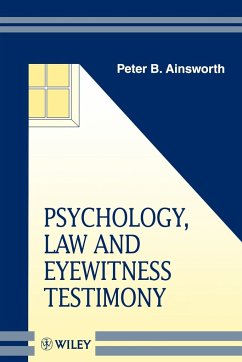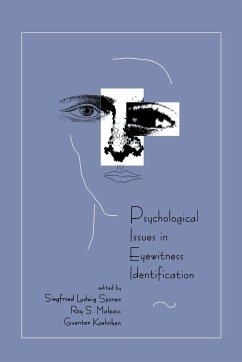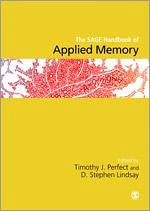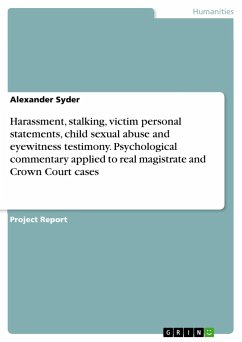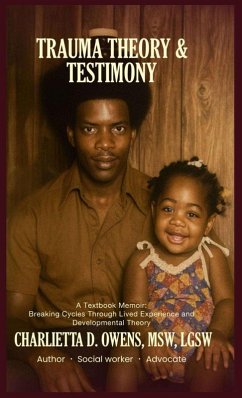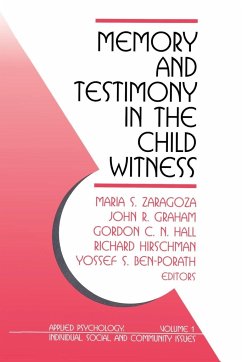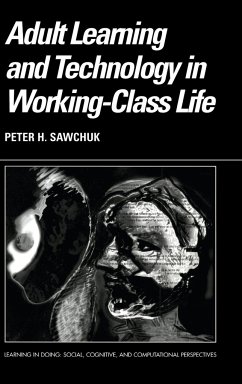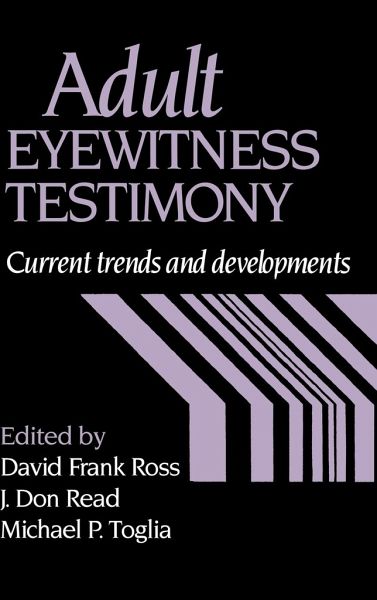
Adult Eyewitness Testimony
Current Trends and Developments
Herausgeber: Ross, David Frank; Toglia, Michael P.; Read, J. Don

PAYBACK Punkte
73 °P sammeln!
Adult Eyewitness Testimony provides an overview of current empirical research on eyewitness testimony and identification accuracy, covering both theory and application. The volume is organized to address three important issues. First, what are the cognitive, social, and physical factors that influence the accuracy of eyewitness reports? Second, how should lineups be constructed and verbal testimony be taken to improve the chances of obtaining accurate information? And third, whose testimony should be believed? Are there differences between accurate and inaccurate witnesses, and can jurors make...
Adult Eyewitness Testimony provides an overview of current empirical research on eyewitness testimony and identification accuracy, covering both theory and application. The volume is organized to address three important issues. First, what are the cognitive, social, and physical factors that influence the accuracy of eyewitness reports? Second, how should lineups be constructed and verbal testimony be taken to improve the chances of obtaining accurate information? And third, whose testimony should be believed? Are there differences between accurate and inaccurate witnesses, and can jurors make such a distinction? Adult Eyewitness Testimony is crucial reading for memory researchers, as well as police officers, judges, lawyers, and other members of the judicial system.
Table of contents:
Part I. Cognitive, Physical and Social Processes and Factors Influencing Eyewitness Recall and Identification: 1. Reports of suggested memories: do people truly believe them? Kenneth R. Weingardt, H. Kelly Toland, and Elizabeth F. Loftus; 2. Memory source monitoring and eyewitness testimony D. Stephen Lindsay; 3. Understanding bystander misidentifications: the role of familiarity and contest knowledge J. Don Read; 4. Unconscious transference and lineup identification: toward a memory blending approach David F. Ross, Stephen J. Ceci, David Dunning, and Michael P. Toglia; 5. Earwitness evidence: memory for a perpetrator's voice A. Daniel Yarmey; 6. Whole body identification: its relevance to eyewitnesses Malcolm D. MacLeod, Jason N. Frowley, and John W. Shephard; 7. Actual victims and witnesses to robbery and fraud: an archival analysis Patricia A. Tollestrup, John W. Turtle, and John C. Yuille; Part II. Lineup Construction and Collection of Testimony: 8. Conceptual, practical and empirical issues associated with eyewitness identification test media Brian L. Cutler, Garrett Berman, Steven Penrod, and Ronald P. Fisher; 9. Biased lineups: where do they come from? R. C. L. Lindsay; 10. Evaluating the fairness of lineups John C. Brigham, and Jeffrey E. Pfeifer; 11. Recommendations for properly-conducted lineup identification tasks Gary L. Wells, Eric P. Seelau, Sheila M. Rydell, and C. A. Elizabeth Luus; 12. Improving eyewitness memory with the cognitive interview Ronald P. Fisher, Michelle McCauley, and R. Edward Geiselman; Part III. Who to Believe? Distinguishing Accurate from Inaccurate Eyewitnesses: 13. Distinguishing accurate from inaccurate eyewitness identifications: a reality monitoring approach Lisa Beth Stern, and David Dunning; 14. Decision-making times and eyewitness identification accuracy in simultaneous and sequential lineups Siegfried Ludwig Sporer; 15. Individual differences in personality and eyewitness identification Harmon Hosch; 16. Eyewitness identification confidence C. A. Elizabeth Luus, and Gary L. Wells; 17. Expectations of eyewitness performance: jurors' verdicts do not follow from their beliefs R. C. L. Lindsay; 18. The appraisal of eyewitness testimony Michael R. Leippe.
This volume addresses three important issues: which psychological factors influence the accuracy of eyewitness reports; how should police procedures be organized to improve the chance of obtaining accurate information and whose testimony should be believed; and can jurors make a distinction between accurate and inaccurate witnesses?
Investigates the factors that influence the accuracy of eyewitness testimony.
Table of contents:
Part I. Cognitive, Physical and Social Processes and Factors Influencing Eyewitness Recall and Identification: 1. Reports of suggested memories: do people truly believe them? Kenneth R. Weingardt, H. Kelly Toland, and Elizabeth F. Loftus; 2. Memory source monitoring and eyewitness testimony D. Stephen Lindsay; 3. Understanding bystander misidentifications: the role of familiarity and contest knowledge J. Don Read; 4. Unconscious transference and lineup identification: toward a memory blending approach David F. Ross, Stephen J. Ceci, David Dunning, and Michael P. Toglia; 5. Earwitness evidence: memory for a perpetrator's voice A. Daniel Yarmey; 6. Whole body identification: its relevance to eyewitnesses Malcolm D. MacLeod, Jason N. Frowley, and John W. Shephard; 7. Actual victims and witnesses to robbery and fraud: an archival analysis Patricia A. Tollestrup, John W. Turtle, and John C. Yuille; Part II. Lineup Construction and Collection of Testimony: 8. Conceptual, practical and empirical issues associated with eyewitness identification test media Brian L. Cutler, Garrett Berman, Steven Penrod, and Ronald P. Fisher; 9. Biased lineups: where do they come from? R. C. L. Lindsay; 10. Evaluating the fairness of lineups John C. Brigham, and Jeffrey E. Pfeifer; 11. Recommendations for properly-conducted lineup identification tasks Gary L. Wells, Eric P. Seelau, Sheila M. Rydell, and C. A. Elizabeth Luus; 12. Improving eyewitness memory with the cognitive interview Ronald P. Fisher, Michelle McCauley, and R. Edward Geiselman; Part III. Who to Believe? Distinguishing Accurate from Inaccurate Eyewitnesses: 13. Distinguishing accurate from inaccurate eyewitness identifications: a reality monitoring approach Lisa Beth Stern, and David Dunning; 14. Decision-making times and eyewitness identification accuracy in simultaneous and sequential lineups Siegfried Ludwig Sporer; 15. Individual differences in personality and eyewitness identification Harmon Hosch; 16. Eyewitness identification confidence C. A. Elizabeth Luus, and Gary L. Wells; 17. Expectations of eyewitness performance: jurors' verdicts do not follow from their beliefs R. C. L. Lindsay; 18. The appraisal of eyewitness testimony Michael R. Leippe.
This volume addresses three important issues: which psychological factors influence the accuracy of eyewitness reports; how should police procedures be organized to improve the chance of obtaining accurate information and whose testimony should be believed; and can jurors make a distinction between accurate and inaccurate witnesses?
Investigates the factors that influence the accuracy of eyewitness testimony.





